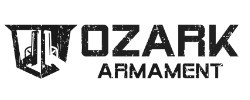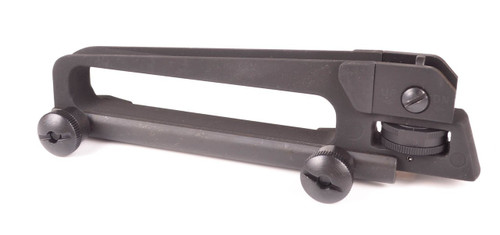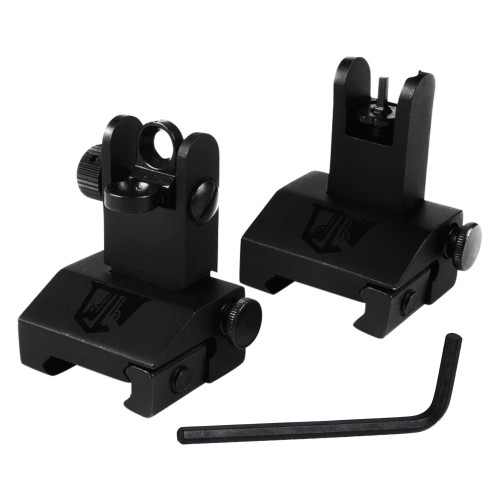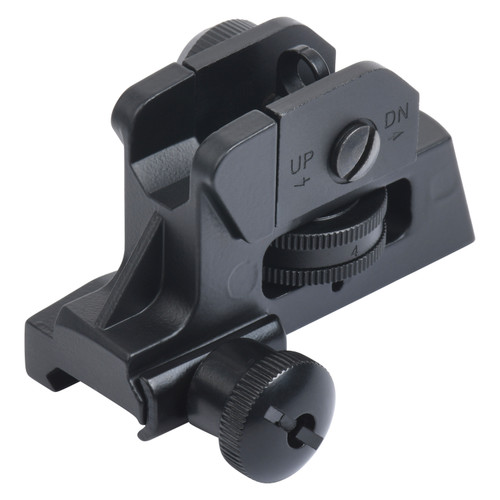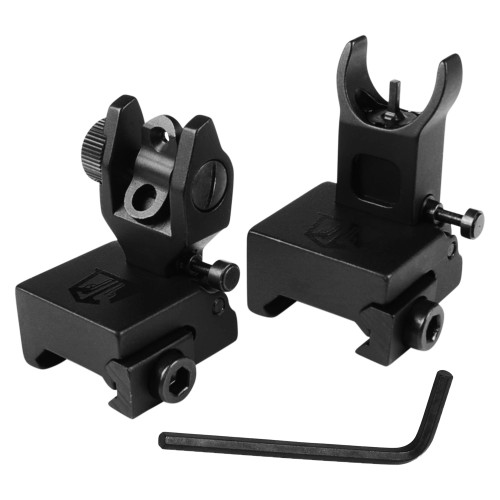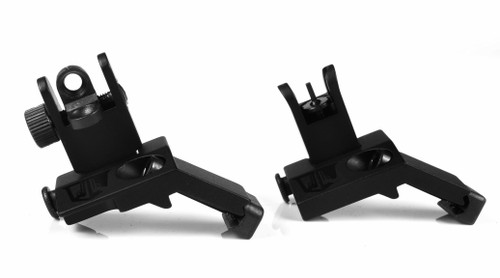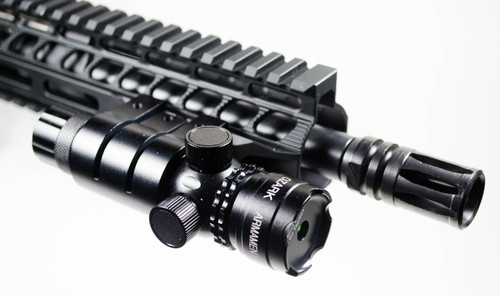Posted by Matt Rice on Feb 19th 2024
Why Have Both Iron Sights & a Red Dot?
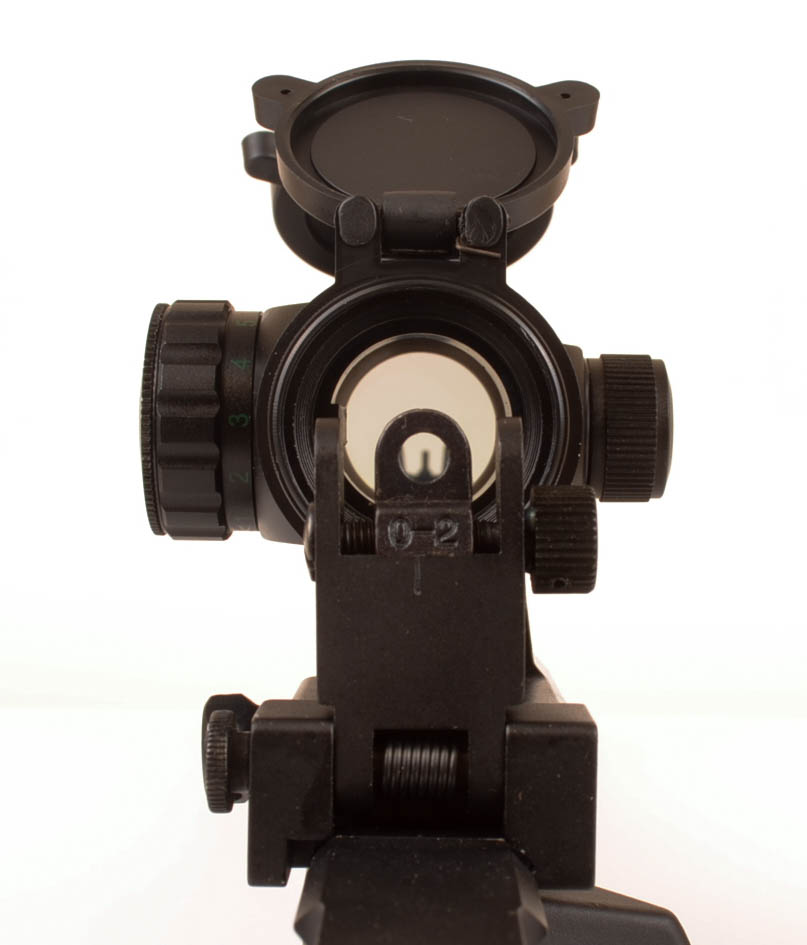
Alright, listen up folks. I've been tinkering with guns for longer than I care to admit, and let me tell you, this whole iron sights versus red dots thing? It's got people more worked up than a cat in a room full of rocking chairs.
The Old Reliable: Iron Sights
Now, iron sights. These suckers have been around since... well, forever. They're like that crusty old uncle who always shows up at family barbecues. You know the type - reliable, but maybe a bit stuck in his ways and Iron sights come in various styles.
Pros:
- Tough as boot leather
- No batteries required (hallelujah!)
- Precision? Oh yeah, they've got it in spades
I remember this one time, I was out in the boonies with my buddy Mike. His fancy-pants red dot went kaput, and there I was, iron sights ready to go. Saved our hunting trip, I tell ya.
The New Hotness: Red Dots
Now, Red Dot Sights. These little gizmos are like the flashy new sports car in the neighborhood. Everyone's turning their heads to look.
Pros:
- Fast as greased lightning
- Keep both peepers open
- Work great when it's darker than a cow's insides
First time I used a red dot, I felt like I'd been shootin' wrong my whole life. It was easier than falling off a log.
Why Not Both?
Here's the kicker - you don't gotta pick sides in this fight. It's not like choosing between Chevy and Ford (don't get me started on that one). You can slap both on your gun and call it a day.
How to make it work:
- Line 'em up: Get your iron sights playing nice with your red dot
- Practice with both: Keep your skills sharp as a tack
- Always be ready: Red dot kicks the bucket? No worries, iron sights got your back
Understand pairing a red dot with fixed iron sights in detail here and check out our Co Witness guide while you're at it.
What's Right for You?
Now, I ain't gonna tell you what to do. But here's my two cents:
- Home defense: Red dot. When things go sideways, you want fast
- Showing off at the range: Both. Be the jack of all trades
- Hunting: Depends. Irons for long shots, red dot for the quick movers
To learn more about fine tuning your Iron Sights + Red Dot setup - check out our .
The Bottom Line
Look, at the end of the day, it don't matter if you're rockin' iron sights, a red dot, or both. What matters is you get out there and practice. A fancy sight ain't worth a hill of beans if you can't hit the broad side of a barn.
So quit hemming and hawing, pick what feels right, and get to shooting. And hey, if you need some gear, give us a holler. We'll set you up right.
Now git, go make some noise!
Article Written By Matt Rice, Owner Operator of OZARK ARMAMENT
